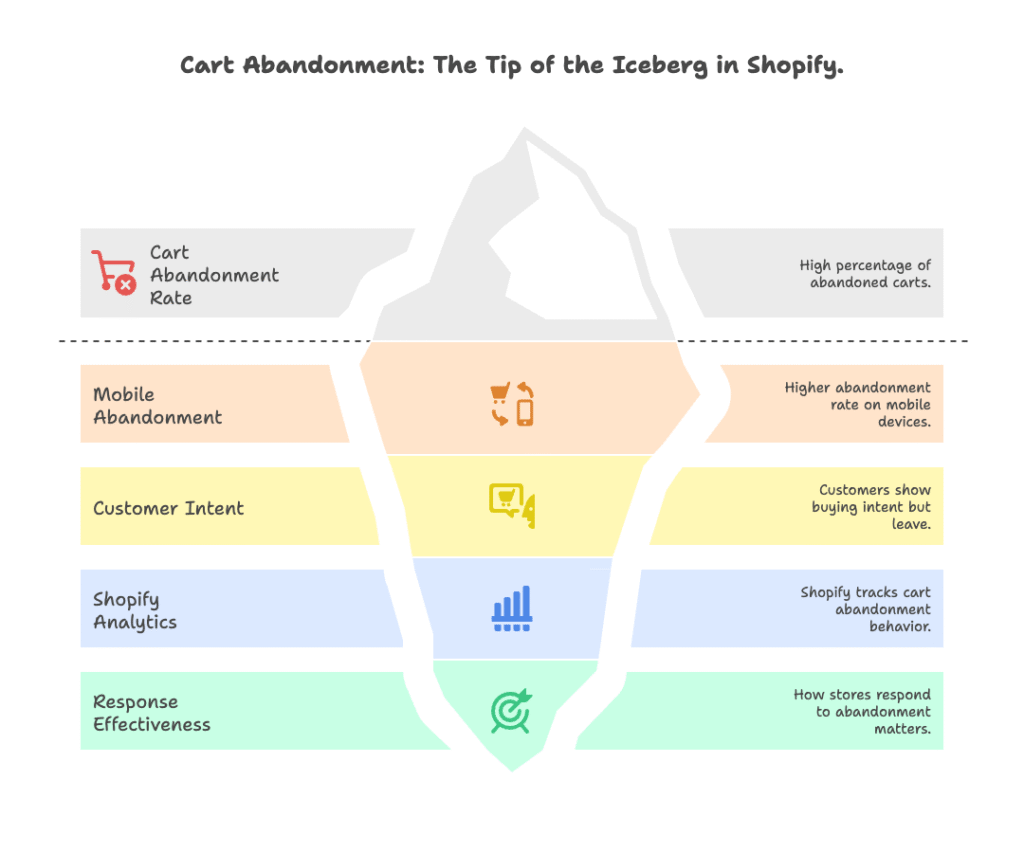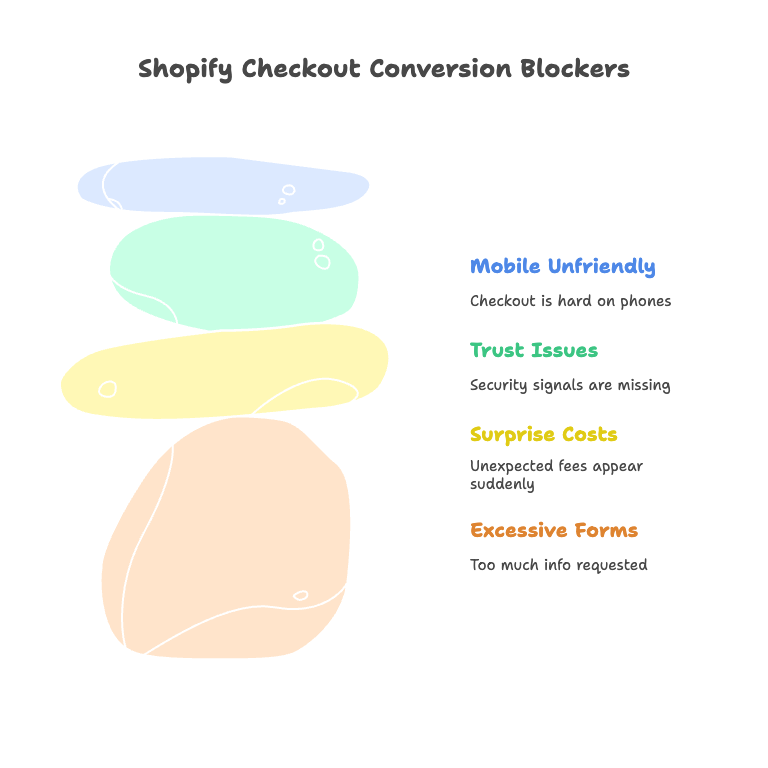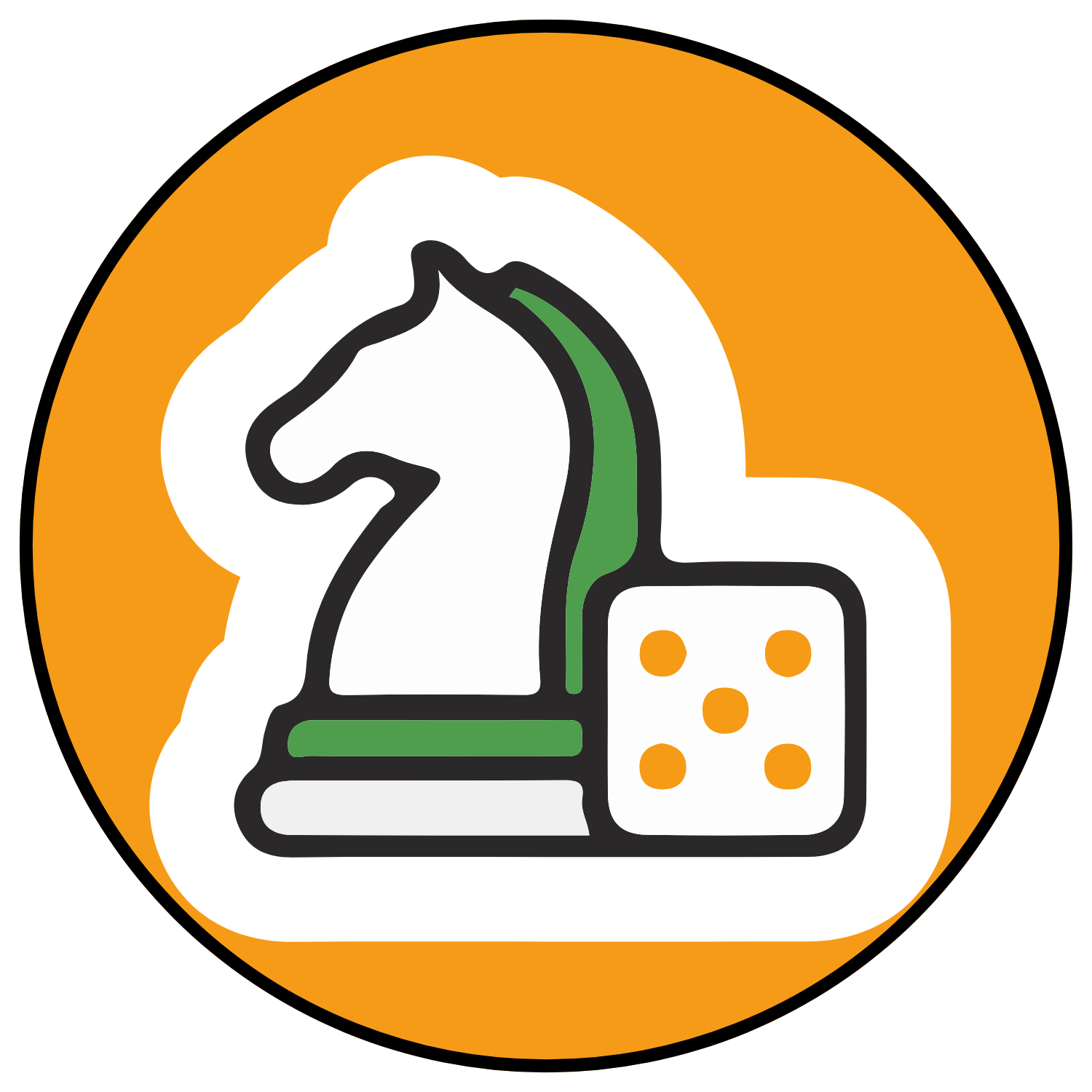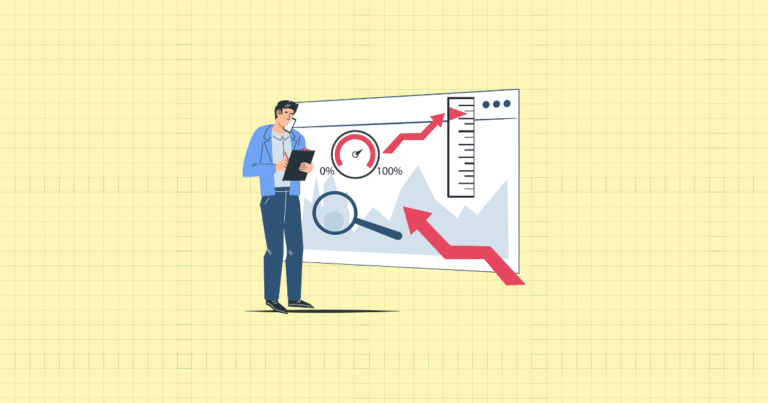Picture this: A customer spends twenty minutes browsing your Shopify store, carefully selecting products, adding them to their cart, and then… disappears. Gone. Just like that, your potential sale vanishes into the digital ether.
This scenario plays out millions of times every day across e-commerce stores worldwide. It’s called cart abandonment, and it’s costing online retailers $18 billion in lost revenue annually. But here’s the thing – it doesn’t have to be inevitable.
If you’re a Shopify store owner watching potential customers slip through your fingers, you’re about to discover exactly why this happens and, more importantly, how to stop it. We’ll explore the psychology behind abandonment, reveal the latest 2025 statistics that might surprise you, and arm you with proven strategies that can recover up to 20% of your lost sales.
Ready to turn those abandoned carts into completed purchases? Let’s dive in.
What Is Cart Abandonment and Why Should Shopify Owners Care?

Understanding Cart Abandonment in the Shopify Context
Cart abandonment occurs when shoppers add products to their cart but leave your store before completing the purchase. Simple concept, massive impact. Shopify automatically tracks this behavior in your analytics dashboard, giving you real-time visibility into how many potential customers you’re losing.
Think of it as having people walk into your physical store, fill up a shopping basket, then set it down and walk out without buying anything. Except online, this happens at a much larger scale.
The Numbers That Will Make You Pay Attention
Here’s what every Shopify store owner needs to know: the average cart abandonment rate in 2025 is approximately 70%. That means seven out of every ten customers who show serious buying intent by adding items to their cart will leave without purchasing.
Mobile makes this even more challenging. Mobile abandonment rates soar to 85%, significantly higher than desktop. This matters because mobile commerce continues to dominate shopping behavior.
But before you panic, remember this: cart abandonment affects all Shopify stores, from startup ventures to established brands. The difference between thriving stores and struggling ones isn’t whether they experience abandonment – it’s how effectively they respond to it.
The Real Cost of Cart Abandonment in 2025
Beyond the Obvious Revenue Loss
Lost sales represent just the tip of the iceberg. When customers abandon their carts, you’re also losing the money you spent acquiring them in the first place. Every click on your Facebook ad, every dollar spent on Google Ads, every effort to drive traffic becomes more expensive when conversion rates suffer.
Your Shopify Analytics dashboard tells the story clearly. You can calculate your abandonment rate using this simple formula: (Number of completed purchases ÷ Number of shopping carts created) × 100. Most store owners are shocked when they see their numbers for the first time.
Industry Benchmarks That Provide Context
Not all industries face the same abandonment challenges. Fashion retailers see the highest rates at 84.4%, while electronics stores experience 71.8% abandonment. Travel bookings reach 87.1%, and general retail averages 68.1%.
Where does your store fit? These benchmarks help you understand whether your abandonment rate signals a serious problem or falls within industry norms.
The Triggers That Send Customers Running
Research reveals that 48% of cart abandonments happen because of high or unexpected shipping costs. Imagine a customer excited about a $50 purchase who discovers $15 shipping at checkout. That excitement turns to frustration instantly.
Mandatory account creation drives away 26% of potential customers. Complicated checkout processes, limited payment options, and slow website performance each contribute to the exodus. Even a one-second delay in page loading can reduce conversions by 7%.
The Root Causes Hiding in Your Shopify Store

Checkout Experience Friction Points
Your checkout process should feel like a smooth highway, not a bumpy country road. Multi-step forms asking for excessive information create unnecessary obstacles. When customers encounter repetitive data entry or confusing navigation, they start questioning whether the purchase is worth the hassle.
Guest checkout options can be a game-changer here. Forcing customers to create accounts before purchasing feels like asking for a commitment before the first date. Many shoppers simply want to buy and go, especially mobile users making quick purchases.
The Surprise Factor That Kills Sales
Nothing destroys purchase intent faster than surprise costs appearing at checkout. Hidden shipping fees, unexpected taxes, and undisclosed handling charges break the trust you’ve worked hard to build. Your Shopify store settings allow you to display shipping costs early in the shopping process – use this feature.
Transparency builds confidence. When customers know the total cost upfront, they make informed decisions rather than feeling deceived at the final moment.
Trust Issues in the Digital Shopping Environment
Online shopping requires customers to trust you with their money and personal information. New Shopify stores especially struggle with credibility. Missing trust badges, unclear return policies, and limited payment options all signal risk to cautious shoppers.
Your checkout page should clearly display security icons, return policy information, and multiple payment methods. Digital wallets like Apple Pay and Google Pay have become expectations, not luxuries.
The Mobile Challenge
Mobile commerce presents unique challenges. Small screens make complex forms frustrating. Slow loading times feel eternal on mobile devices. Poor mobile checkout experiences drive customers away faster than almost any other factor.
Consider this: 43% of abandonments happen simply because customers are comparison shopping or browsing. They’re not ready to buy yet, but they might be tomorrow. This normal behavior creates opportunities for smart recovery strategies.
Proven Strategies to Rescue Abandoned Carts
Checkout Optimization That Actually Works
Start with your checkout flow. Single-page checkouts convert better than multi-step processes. Progress indicators help customers understand how close they are to completion. Auto-fill features reduce typing on mobile devices.
Enable guest checkout in your Shopify admin settings. This simple change can boost conversion rates immediately. You can still encourage account creation after purchase when customers feel satisfied with their experience.
Display shipping costs early and often. Use Shopify’s shipping calculator tools to show estimates before customers reach checkout. Dynamic tax calculations prevent surprise charges that kill sales at the last moment.
Building Unshakeable Trust
Social proof works powerfully in checkout processes. Display recent purchases, customer reviews, and trust badges prominently. Real customer testimonials near payment forms can push hesitant shoppers over the finish line.
Make your return policy visible and appealing. Instead of hiding it in fine print, feature it prominently with clear graphics. Easy returns reduce purchase risk and increase completion rates.
Security signals matter enormously. Highlight SSL certificates, accepted payment methods, and secure payment icons. These visual cues communicate safety to nervous customers.
Creating Irresistible Purchase Incentives
Shopify’s discount automation features let you offer targeted incentives without manually managing codes. Free shipping thresholds encourage larger orders while reducing abandonment. Limited-time offers create urgency that motivates immediate action.
Loyalty programs integrated with your checkout flow can tip the scales for fence-sitting customers. Points, rewards, and member benefits provide additional reasons to complete purchases now rather than later.
Advanced Cart Recovery Automation
Email Automation That Brings Customers Back
Shopify’s built-in abandonment recovery system provides a foundation for winning back lost customers. Set up automated emails that trigger 1-3 hours after abandonment when intent remains fresh. Personalize these messages with product images and clear call-to-action buttons.
Your email sequence should tell a story. The first email simply reminds customers about their items. The second might offer assistance or answer common questions. The third could include a small incentive to encourage completion.
Multi-channel recovery amplifies your success. Tools like Klaviyo, Omnisend, and Privy extend your reach through SMS messages, push notifications, and retargeting ads. Different customers respond to different channels, so cast a wide net.
Behavioral Retargeting That Converts
Facebook and Instagram retargeting ads keep your products in front of customers who showed interest. Dynamic ads display the exact products customers left behind, maintaining relevance and personal connection.
Wishlist functionality creates a softer approach to abandonment recovery. Apps like Wishlist Club let customers save items for future consideration while enabling follow-up marketing campaigns based on saved preferences.
Data-Driven Recovery Optimization
Your Shopify analytics reveal where customers drop off in your funnel. Study these patterns carefully. Do people abandon at the shipping page? During payment entry? At account creation?
A/B testing different recovery tactics helps you understand what works for your specific audience. Test email subject lines, incentive amounts, and timing intervals. Small improvements in recovery rates translate to significant revenue increases.
Segment your audience by behavior patterns. Hot prospects who abandoned within minutes need different approaches than cold browsers who left days ago. Tailored messages perform better than generic blasts.
Latest 2025 Innovations for Cart Recovery
AI-Powered Personalization
Advanced tools now use artificial intelligence to predict purchase intent and trigger personalized offers in real-time. These systems analyze visitor behavior patterns to determine the right discount amount and timing for individual customers.
Smart urgency features like countdown timers create authentic pressure without appearing manipulative. When customers see time-limited offers, they make faster decisions rather than postponing purchases.
Seamless Integration and Automation
Modern cart recovery apps install with one click and require no coding knowledge. They integrate seamlessly with your existing Shopify setup, automatically capturing abandonment data and triggering recovery campaigns.
Advanced analytics provide detailed insights into recovery performance. You can track which messages convert best, optimal timing for different customer segments, and ROI for various recovery strategies.
Mobile-First Recovery Solutions
Mobile-optimized recovery campaigns acknowledge how customers actually shop today. Mobile-friendly email templates, simplified forms, and one-click payment options reduce friction for smartphone users.
Multiple payment methods including Apple Pay, Google Pay, and buy-now-pay-later options meet customer expectations. Local payment methods for international customers expand your recovery potential globally.
Measuring Success and Continuous Improvement
Essential Metrics for Cart Recovery
Track these key performance indicators consistently: overall cart abandonment rate, recovery rate, conversion rate, and customer acquisition cost. Your Shopify dashboard provides most of this data automatically.
Recovery rate specifically measures how many abandoned carts you successfully convert. Industry averages hover around 10-15%, but well-optimized stores achieve 20% or higher recovery rates.
Practical Next Steps for Implementation
Start by auditing your current checkout process. Complete a test purchase on mobile and desktop, noting every friction point. Ask friends or family to attempt purchases and report their experiences.
Implement checkout optimizations first – these provide immediate results. Enable guest checkout, display shipping costs early, and streamline your forms. These changes cost nothing but can boost conversions significantly.
Set up basic cart recovery workflows using Shopify’s built-in features or simple third-party apps. Even basic automation recovers more sales than no follow-up at all.
Monitor results monthly and adjust strategies based on performance data. What works for other stores might not work for yours, so test everything and let data guide your decisions.
Your Action Plan for Reducing Cart Abandonment
Key Takeaways for Shopify Success
Cart abandonment affects every Shopify store, but it’s completely manageable with the right approach. Most root causes trace back to checkout friction, trust issues, or surprise costs – all solvable problems.
The most successful stores combine prevention strategies with recovery automation. They optimize their checkout experience to minimize abandonment while implementing smart follow-up campaigns to recover lost sales.
Your Step-by-Step Implementation Guide
Week 1: Assessment
- Calculate your current abandonment rate using Shopify Analytics
- Complete test purchases on mobile and desktop
- Identify the top three friction points in your checkout process
Week 2: Quick Wins
- Enable guest checkout in your Shopify settings
- Display shipping costs on product pages
- Add trust badges and security icons to your checkout
Week 3: Automation Setup
- Configure Shopify’s built-in cart recovery emails
- Create personalized email templates with product images
- Set up retargeting campaigns for abandoned cart customers
Week 4: Analysis and Optimization
- Track recovery rates and identify successful strategies
- A/B test different email subject lines and incentives
- Plan next month’s optimization priorities
Remember: small improvements compound over time. A 5% reduction in abandonment rate might seem modest, but it can represent thousands of dollars in recovered revenue for growing stores.
Cart abandonment will always exist in e-commerce, but it doesn’t have to drain your profits. With the strategies outlined in this guide, you can transform abandoned carts from a frustrating problem into a valuable revenue recovery opportunity.
The question isn’t whether customers will abandon carts – it’s whether you’ll be ready with smart strategies to bring them back.
References
- Shopify. “How to Reduce Shopping Cart Abandonment by Optimizing the Checkout.” Shopify Blog, Feb. 18, 2025. https://www.shopify.com/enterprise/blog/44272899-how-to-reduce-shopping-cart-abandonment-by-optimizing-the-checkout
- Cropink. “Cart Abandonment Statistics [2025 Update].” Cropink Blog, June 2, 2025. https://cropink.com/cart-abandonment-statistics
- Retainful. “Shopify Abandoned Cart 2025 Guide to Recover 20%.” Retainful Blog, Aug. 11, 2025. https://www.retainful.com/blog/shopify-abandoned-carts
- Webcontrive. “How to Recover Abandoned Carts on Shopify | Proven Strategies.” Webcontrive, Apr. 9, 2025. https://webcontrive.com/blogs/newsroom/shopify-abandoned-cart-recovery-strategies
- Growth Suite. “Help Center | Growth Suite.” Growth Suite, July 17, 2025. https://www.growthsuite.net/help
- Shopify. “Best Cart Abandonment Software for Ecommerce in 2025.” Shopify, Apr. 9, 2025. https://www.shopify.com/blog/cart-abandonment-software
- Mobiloud. “The Ultimate Guide to Recovering Abandoned Carts on Your Shopify Store.” Mobiloud Blog, Jan. 1, 2025. https://www.mobiloud.com/blog/recovering-abandoned-carts-on-shopify
Ready to transform your abandoned carts into recovered revenue? Growth Suite is a Shopify app that uses advanced AI to identify purchase intent and trigger personalized, time-limited offers to customers most likely to abandon their carts. With smart discount optimization and seamless integration, Growth Suite helps you recover up to 20% of lost sales without compromising your profit margins. Install it with a single click from the Shopify App Store and start seeing results immediately!




